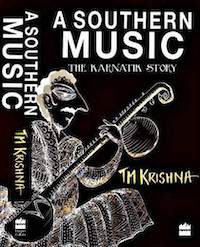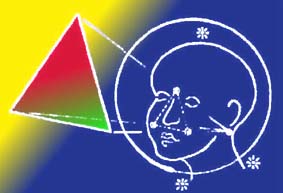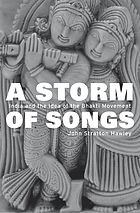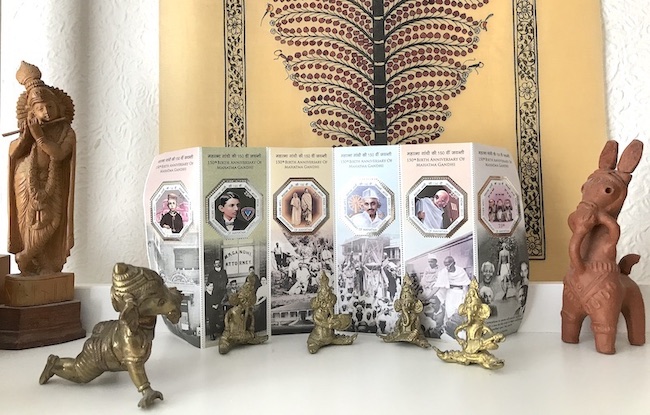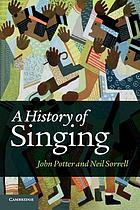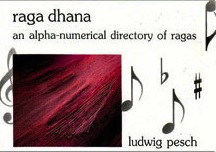 by Ludwig Pesch
by Ludwig Pesch
“An easy to use reference book for concert, music class and and home” [about the first edition] – Indian Express, Chennai, 29 August 1986
“A neat compilation … ragas mainly used on concert platforms … highly useful as a reference book for listeners in concerts and to students for use in the classroom. …” [about the first edition] – The Hindu, Chennai, 23 December 1986
“Students of music, as well as music lovers in general, will find this a very useful reference book. Neatly printed and attractively produced.” – Sruti Magazine, The Indian Classical Music and Dance Magazine, Chennai, January 1994
“Unique Directory of Ragas … For 15 years he [Ludwig Pesch] studied with the late Ramachandra Sastri (1906-1992) … Pesch not only became a performing artiste on the Karnatic flute but had access to his mentor’s research material. He received many scholarships and put them to good use for enlarging the horizon of Karnatic music by research, documentation and publications …
His [is an] ingenious and logically consistent scheme for identifying ragas by an alpha-numerical method … almost encyclopedic in its scope … contains 500 north and south Indian ragas … the Hindustani svaras and their Western equivalents have been given and the scales shown in staff notation … The glossary, with all terms and names cross-referred, is an illuminating compilation … which every lover of music should welcome with gratitude.” – T.S. Parthasarathy, Journal of the Music Academy Madras, Vol. LXV, 1994
“No library of books on Indian music would be complete without Ludwig Pesch’s Raga Dhana (published by Natana Kairali) and Illustrated Companion to South Indian Music (Oxford University Press). They are among the most widely consulted books on Indian music in English. Pesch’s writing is highly regarded for its accurate scholarship. At the same time he takes pains to write in a style that does not intimidate the lay reader.” – S.R. Ramakrishna, themusicmagazine.com, Bangalore, July 2003
“Ragadhana is indeed a phenomenal work both in terms of its author and his unique treatment of the priceless dhana (‘wealth’) of ragas that highlights his ingenuity. His scientific and systematic listing of the janaka (‘generic’) ragas and the innumerable janya (‘generated’) ragas reveals the author’s inventive genius. […] It is my proud pleasure to commend this book to those music lovers around the world who evince more than a superficial interest in lndian Music.” – Music critic Prof. George S. Paul (Thrissur), Preface to the 2nd. rev. ed. Ragadhana
Preface to Ragadhana
Prof. George S. Paul (Thrissur) in Ragadhana (1993 ed.) | Find a library copy on Worldcat.org >>
Needless to mention that the stress of each raga is on a particular emotion – its mood seizes the listener’s mind and holds it enchanted throughout.
The psychic appeal of lndian music is an intrinsic quality since like all other branches of knowledge of lndian origin, music has also been a form of meditation.
Over the centuries, there have been attempts to classify these myriad scales, to reduce to law and order the indigenous airs that appeared on people’s lips. But a comprehensive method evolved only through Venkatamakhi’s treatise Chaturdandi Prakasika (17th century), considered to be the bedrock of South lndian music even today.
The 72 melakarta ragas described in it represent all the possible combinations of notes which a refined ear can appreciate and easily distinguish. The pivotal role of madhyama (‘f’) in dividing the into purva melas (i.e scales using suddha madhyama or ‘f-natural’) and uttara melas (i.e. scales using prati madhyama or ‘f-sharp’) has been explained by Venkatamakhi himself:
Even as a drop of butter-milk converts the entire milk in a vessel into curd, the substitution of prati madhyama in the place of suddha madhyama in the uttara melas does effect such a radical change and gives rise to an entirely new set of mela ragas.
That the scheme embraces all the modes used in ancient as well as modern systems of music prevalent in different parts of the world, speaks for the universality of the scheme.
Ragadhana is indeed a phenomenal work both in terms of its author and his unique treatment of the priceless dhana (‘wealth’) of ragas that highlights his ingenuity.
His scientific and systematic listing of the janaka (‘generic’) ragas and the innumerable janya (‘generated’) ragas reveals the author’s inventive genius. Perhaps, it surpasses the dexterously coined katapayadi sutra (‘formula’) applicable to only melakarta (or janaka) ragas in that the scheme provides easy access to a treasure of information about the janya ragas as well. The method developed is logically consistent and, if pursued with a little bit of effort, serves the purpose of a ready reckoner of lndian ragas.
The section ‘Pans in Tamil Music’ beckons especially to critics like me who have been vociferously underscoring the need for analysing music on the basis of ethnomusicology, a branch that is yet to form part of the lndian music curriculum. lt reminds us to what immense extent refined classical music has drawn from folk music which is being looked down upon by many so-called classical musicians today.
Similarity of melas to modes in the European tradition and the variegated scales of Western music is sure to entice those who practice these branches both in lndia and abroad.
It was a pleasant surprise for me personally (when I interviewed Mr. Ludwig Pesch for All lndia Radio, Thrissur in 1990) to hear from a European musician of his calibre, conditioned to the notes of equal temperament of the West from early childhood, that he was attracted by the profound philosphical dimensions of Carnatic music.
Nowadays when commercialism has made deep inroads into the realm of music, I wonder how many lndian practicioners of music have realized this truth. This observation epitomises the author’s involvement in this particular stream of lndian music; and echoes the rigorous discipline he underwent in Kalakshetra (Madras) under the flute-virtuoso H. Ramachandra Shastry.
It is my proud pleasure to commend this book to those music lovers around the world who evince more than a superficial interest in lndian Music.
Find a library copy on Worldcat.org >>

